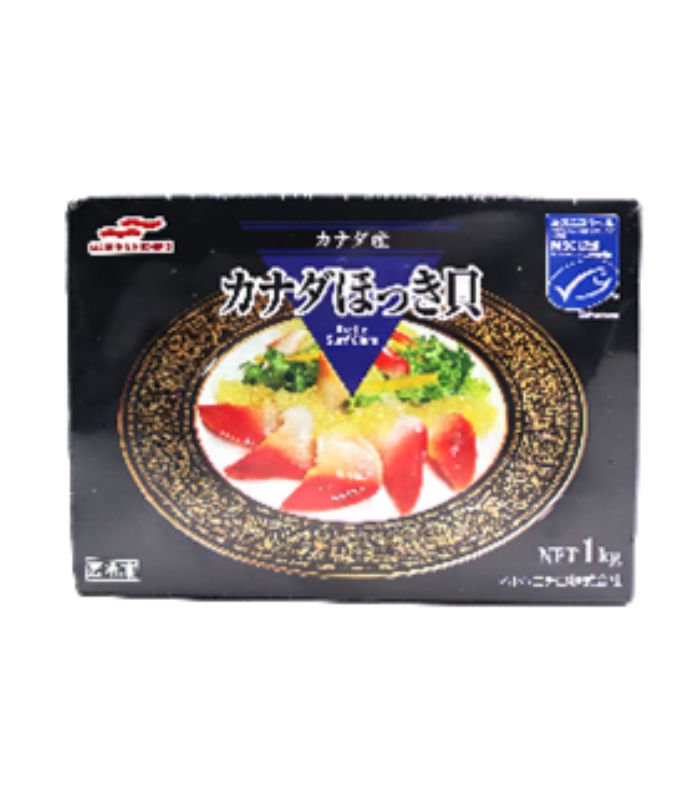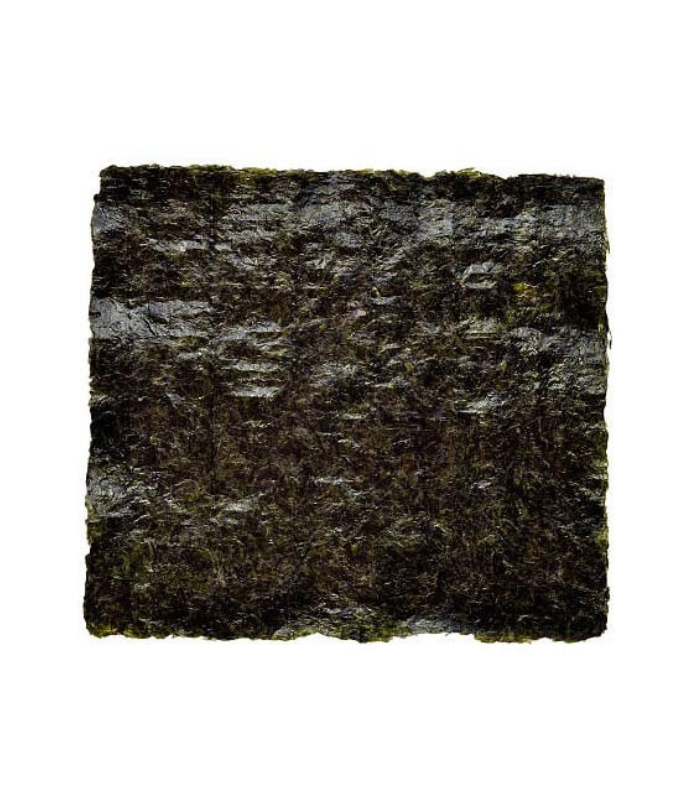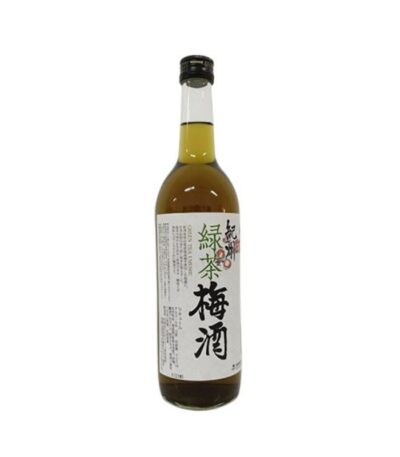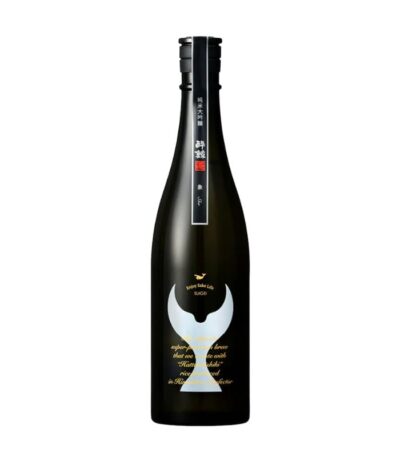Menu
Seafood
Seafood
Frozen Crab Butter Can
20,00$100gKanimiso is a traditional Japanese delicacy known as crab butter or crab paste, and it has a rich, creamy texture. Kanimiso is a versatile ingredient that can be used in a variety of dishes, from sushi rolls to pasta sauces. Not to be mistaken for crab meat in a can, this is crab 'brain' (the grey portion of the crab head that most Asians love) in a can. One of the unique qualities of Kanimiso is its umami flavor, which is often described as savory and meaty. This flavor comes from the crab eggs themselves, which are rich in amino acids and minerals. The texture of Kanimiso is also noteworthy, as it is smooth and velvety with a slightly sticky consistencyFrozen Surf Clam
47,00$1KgHokkigai Surf Clam (Arctic) is a premium seafood product that offers a unique and delicious taste as you'll experience a burst of flavor that is both sweet and salty, with a hint of ocean freshness when you bite into it. It is sourced from the cold, pristine waters of the Arctic, these clams are known for their sweet and briny flavor. The texture of the clam is firm and chewy, with a satisfying bite that is perfect for sushi and other dishes. Hokkigai Surf Clams are also a good source of protein, vitamins, and minerals, making them a healthy and delicious addition to any mealDaily Need
Daily Needs
 Header menu Beverages
Header menu Beverages
Seafood
Hibiki Blender’s Choice
290,00$700mlHibiki Blender's Choice is a premium blended Japanese whisky that has gained a reputation as one of the finest whiskies in the world. The blend is created by Suntory's chief blender, Shinji Fukuyo, who combines a variety of malt and grain whiskies from the company's Yamazaki, Hakushu, and Chita distilleries to create a harmonious and complex flavor profile. The smell of Hibiki Blender's Choice is complex and layered, with notes of honey, orange peel, and dried fruits. On the palate, the whisky is smooth and velvety, with flavors of caramel, vanilla, and spice. The finish is long and lingering, with a subtle smokiness that adds depth to the overall experience. Hibiki Blender's Choice is a whisky that embodies the Japanese philosophy of balance and harmony. It has won numerous awards and accolades for its exceptional quality and is highly sought after by whisky enthusiasts around the worldHibiki Japanese Harmony
183,00$700mlHibiki Whisky 21 Years
1.540,00$700mlBronze amber in color, Suntory Hibiki 21 Year Old is amazingly balanced and tenderly unfolding a calm essence of sandalwood, honeycomb, caramelized nuts, ripe banana and rich sherry spice. The rich and complex palate offers notes of cooked fruit, dried apricot, dark cherry, caramel, spice and Mizunara. Hints of incense and smoke lingers through the long, structured finish. Suntory Whisky Hibiki 21 Years Old was honored with the top Trophy award in the Japanese Whisky category at the 21st International Spirits Challenge (ISC) 2016 held in London. Hibiki 21 Years Old took the Trophy award as a particularly outstanding product in this category. This marks the 4th consecutive year that Hibiki 21 Years Old has won the Trophy. It further cements Suntory’s reputation for the high quality of our malt whisky and grain whisky as well as our excellent blending techniques Header menu Ingredients
Header menu Ingredients
Seafood
Dried Seaweed For Soup
34,80$1KgKonbu is one of the main basic dashi ingredients. To make good stock, simply soak konbu in water, or heat gently in water and remove just before boiling. To make dashi konbu, kelp is washed with seawater and dried in the sun for one to two days. Konbu is rich in vitamins and minerals such as iodine. Konbu is also used in a variety of dishes such as nabe (hotpot), kobumaki (rolled konbu) and tsukudani (salted and sweetened preserved foods)


















































